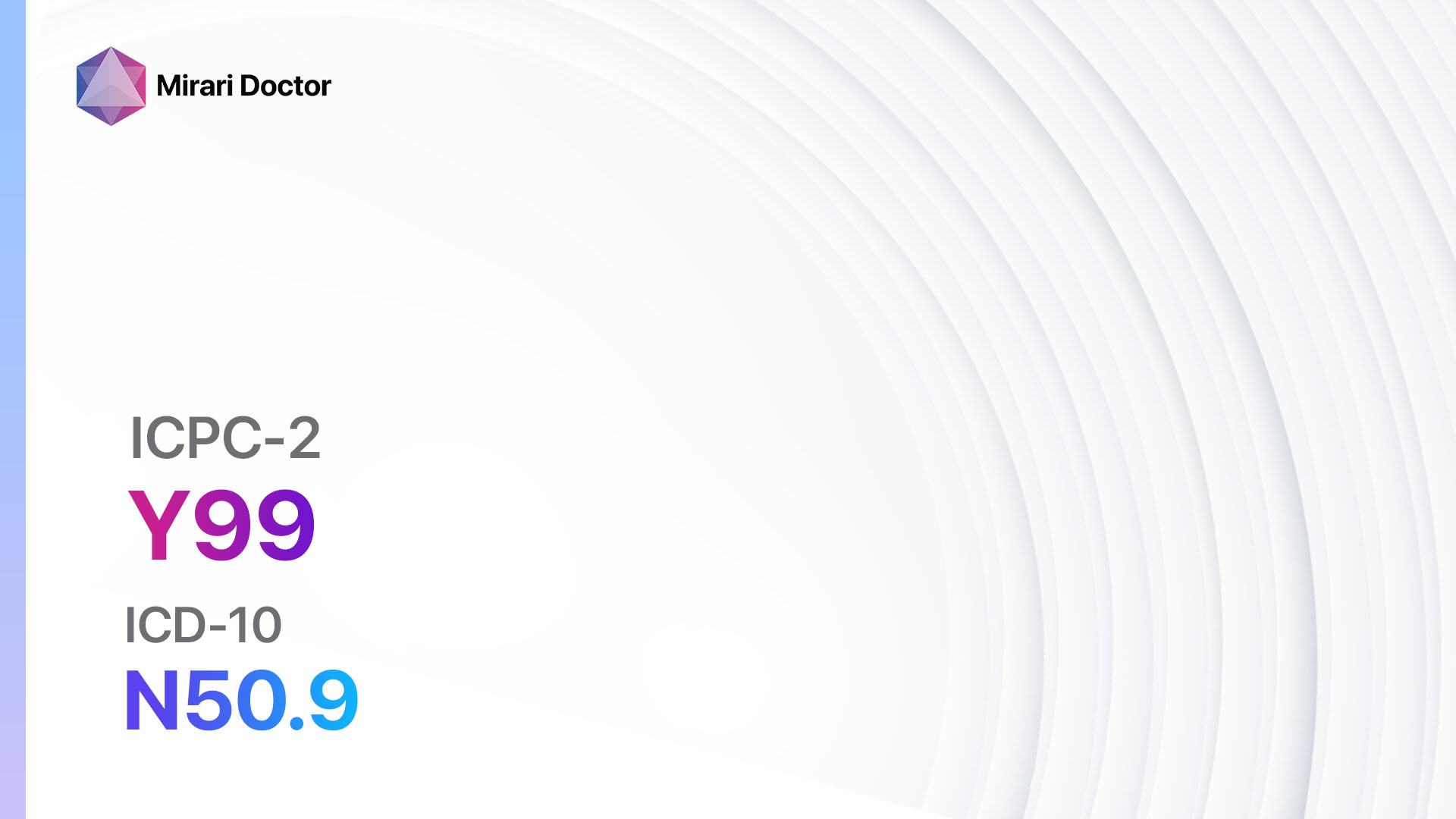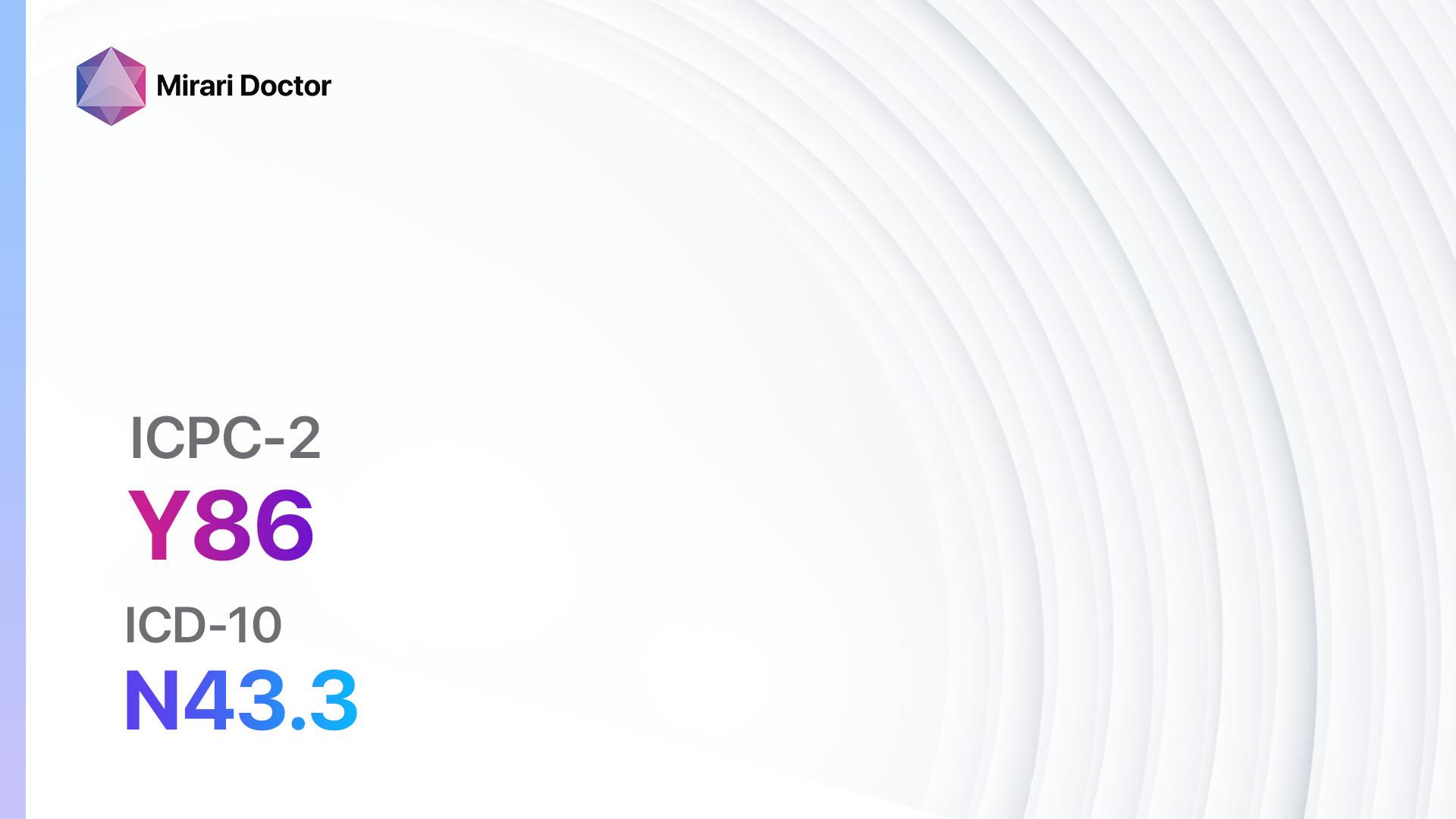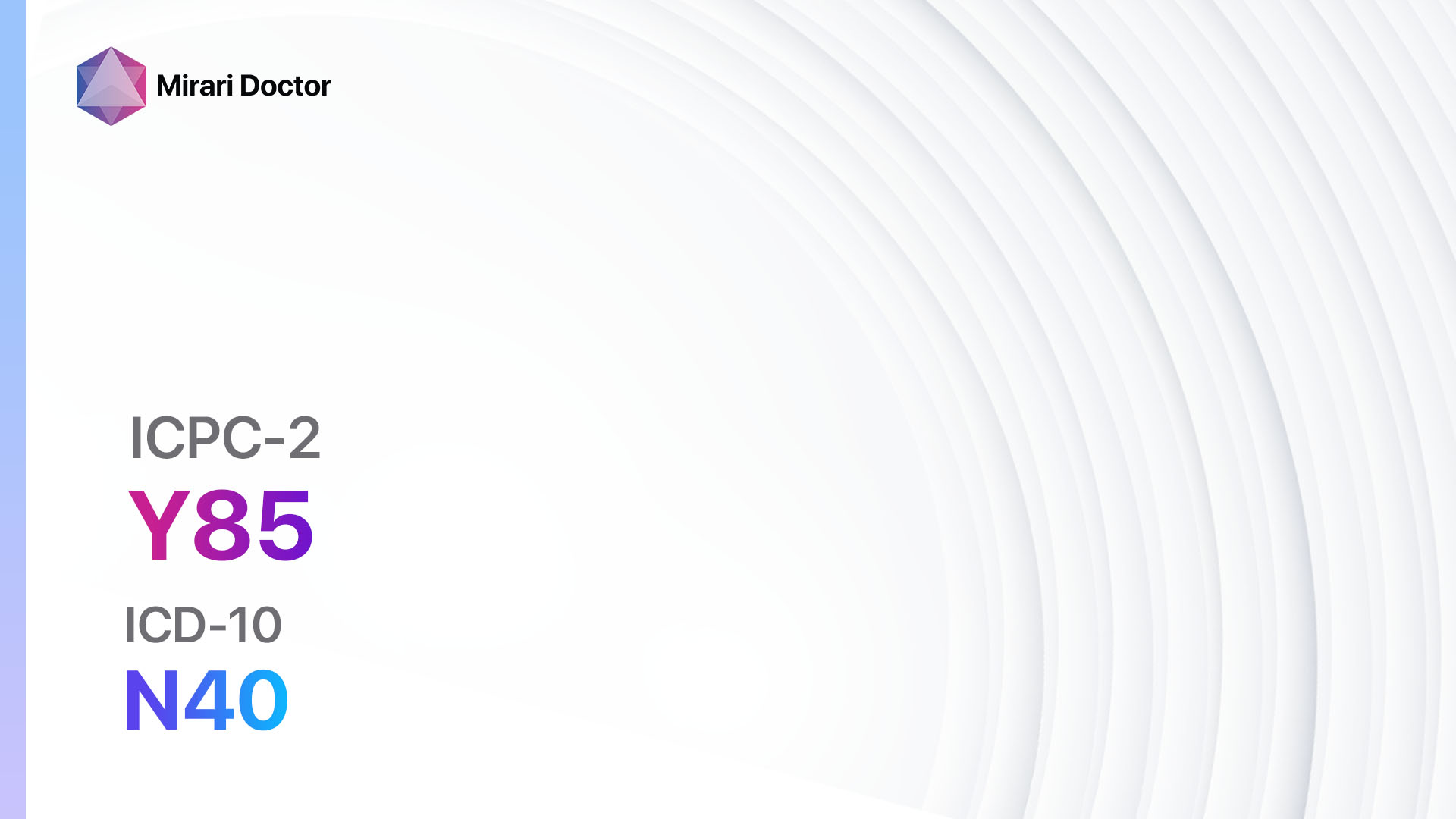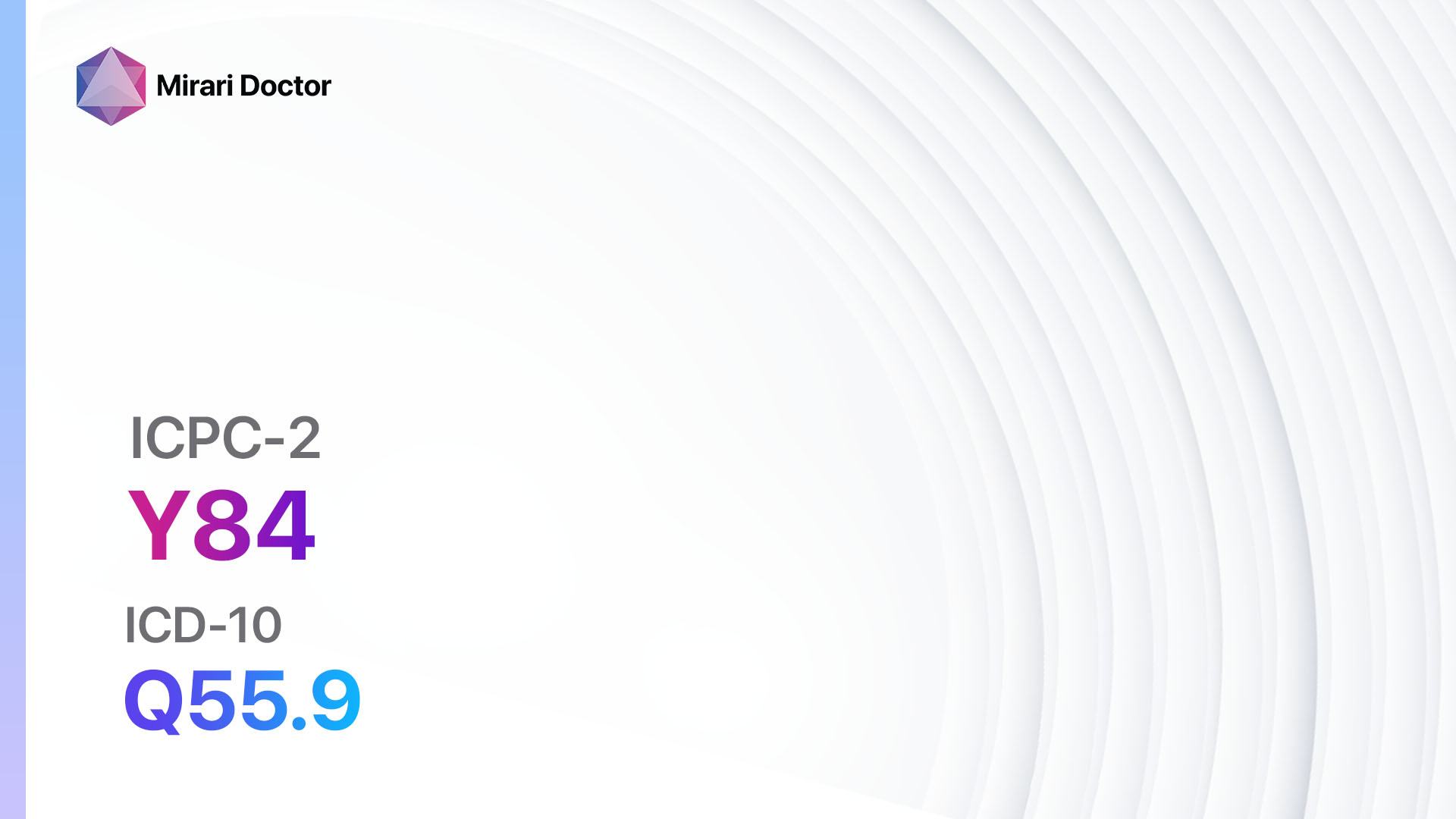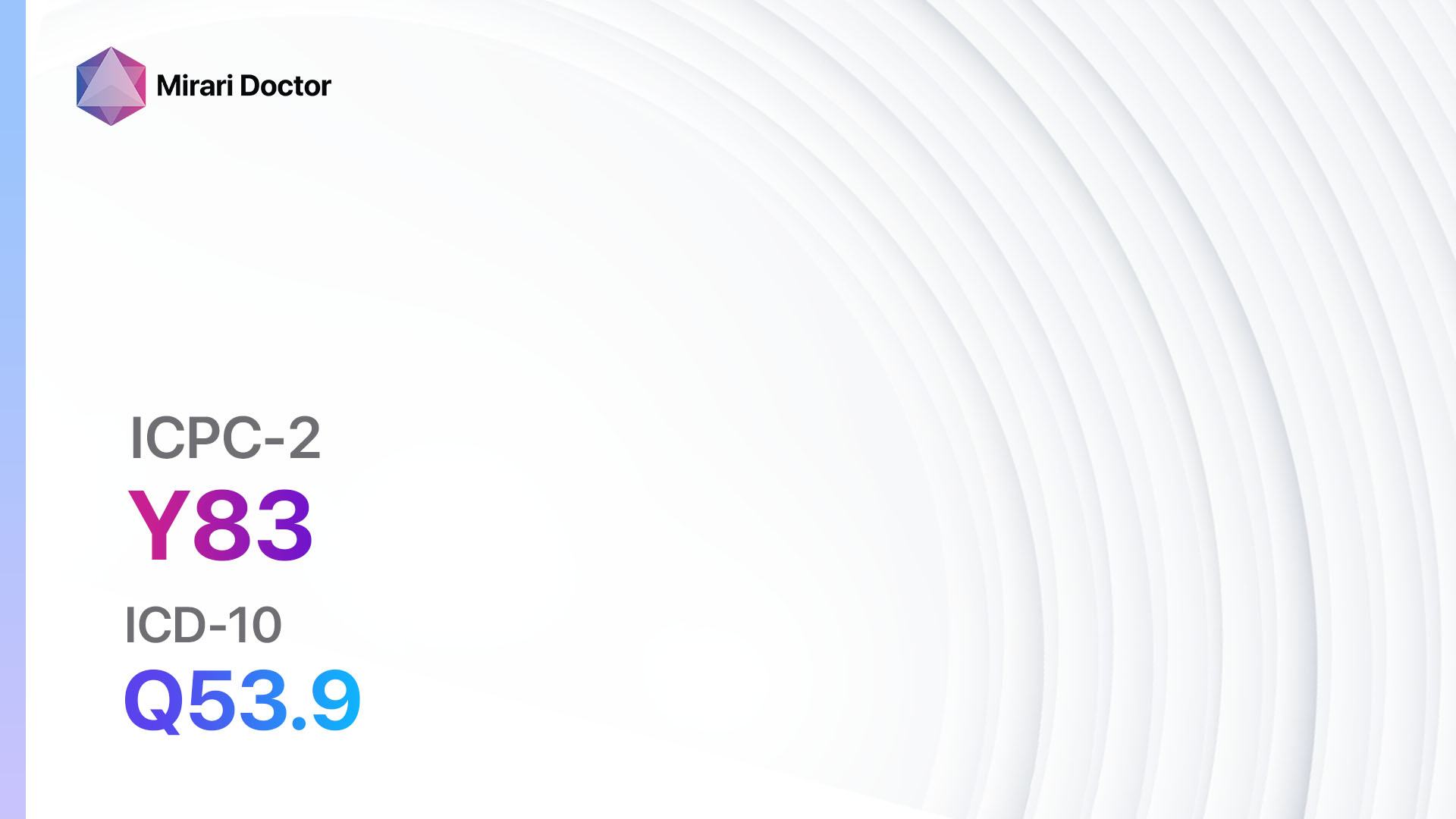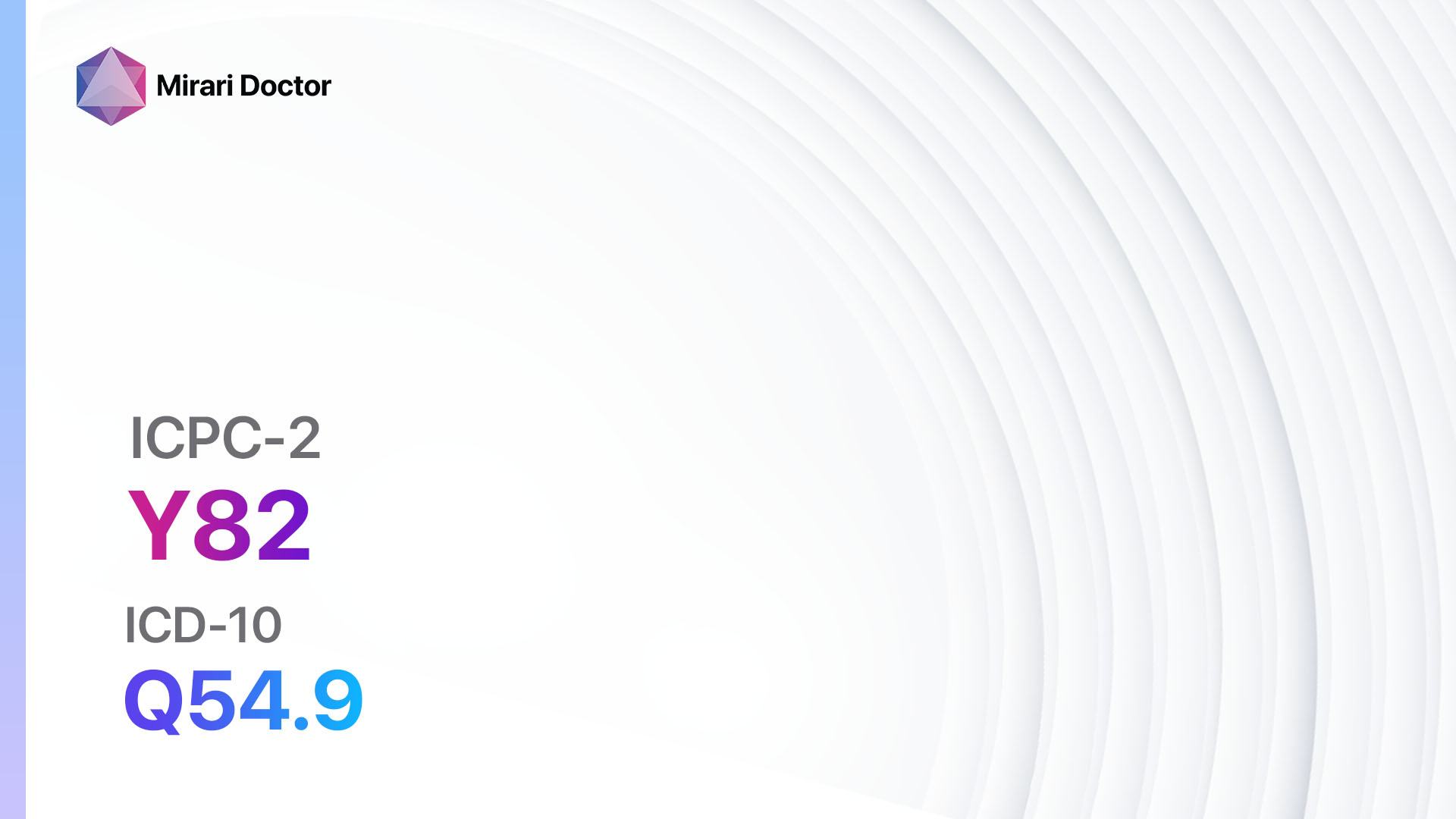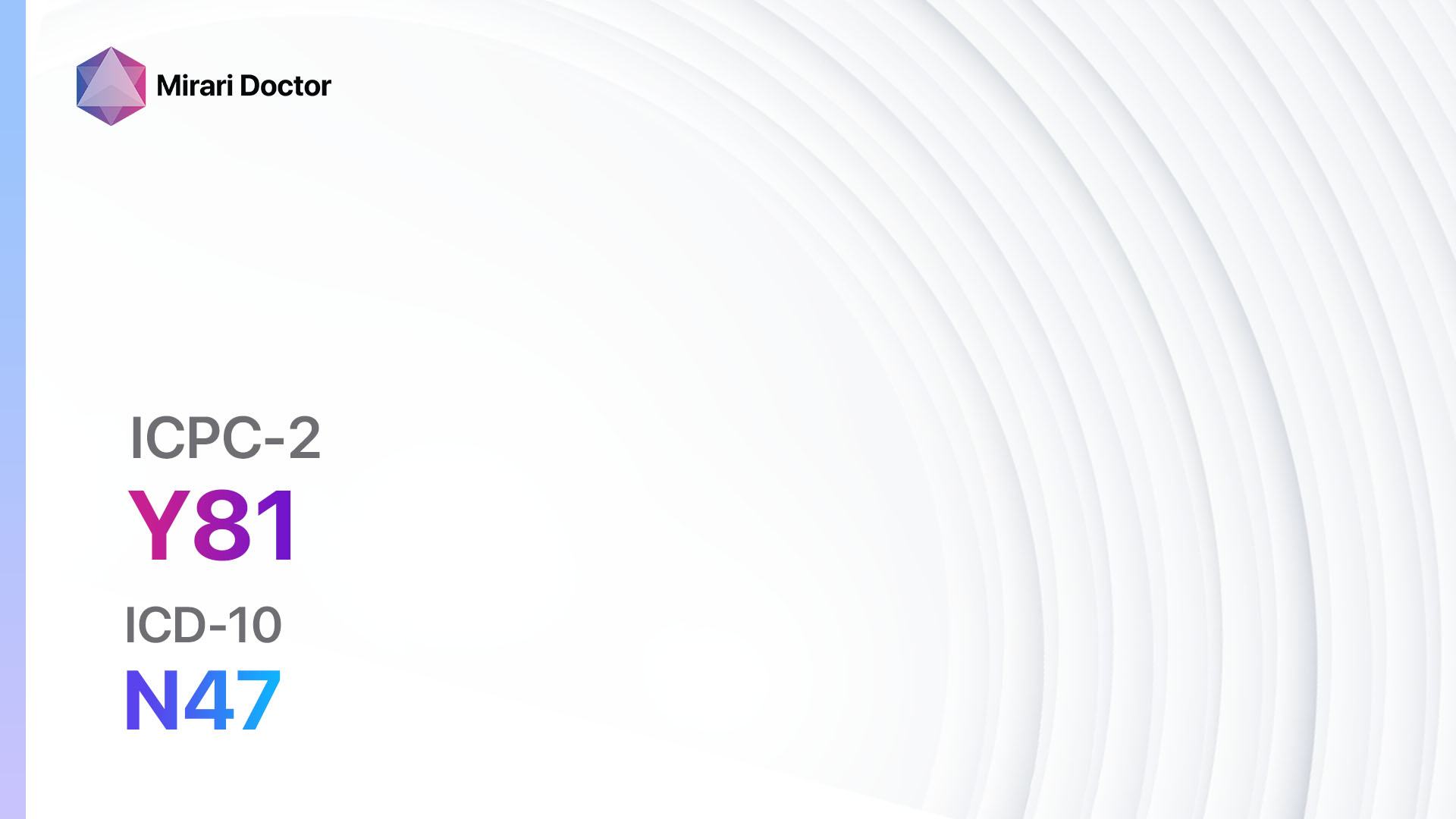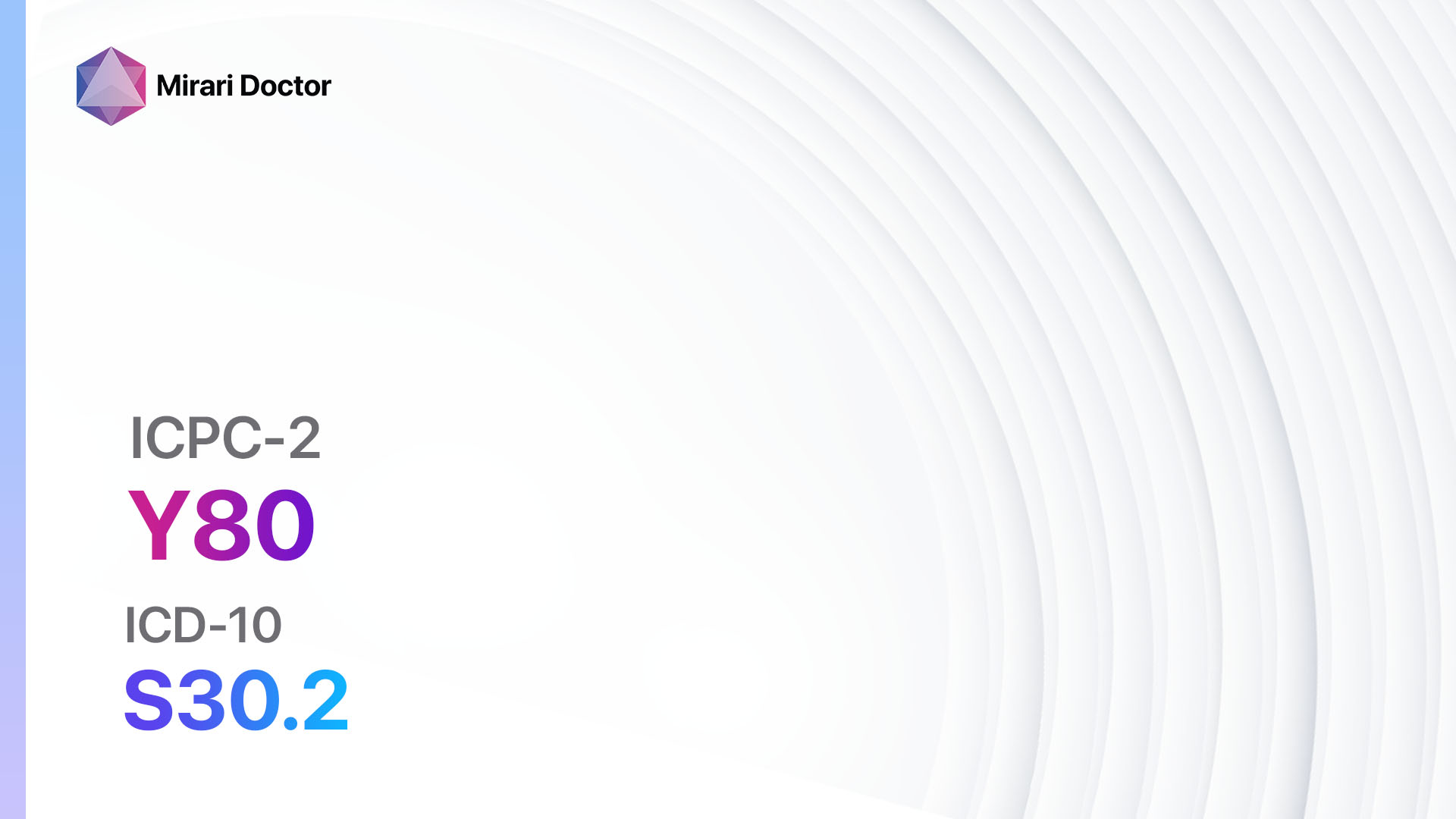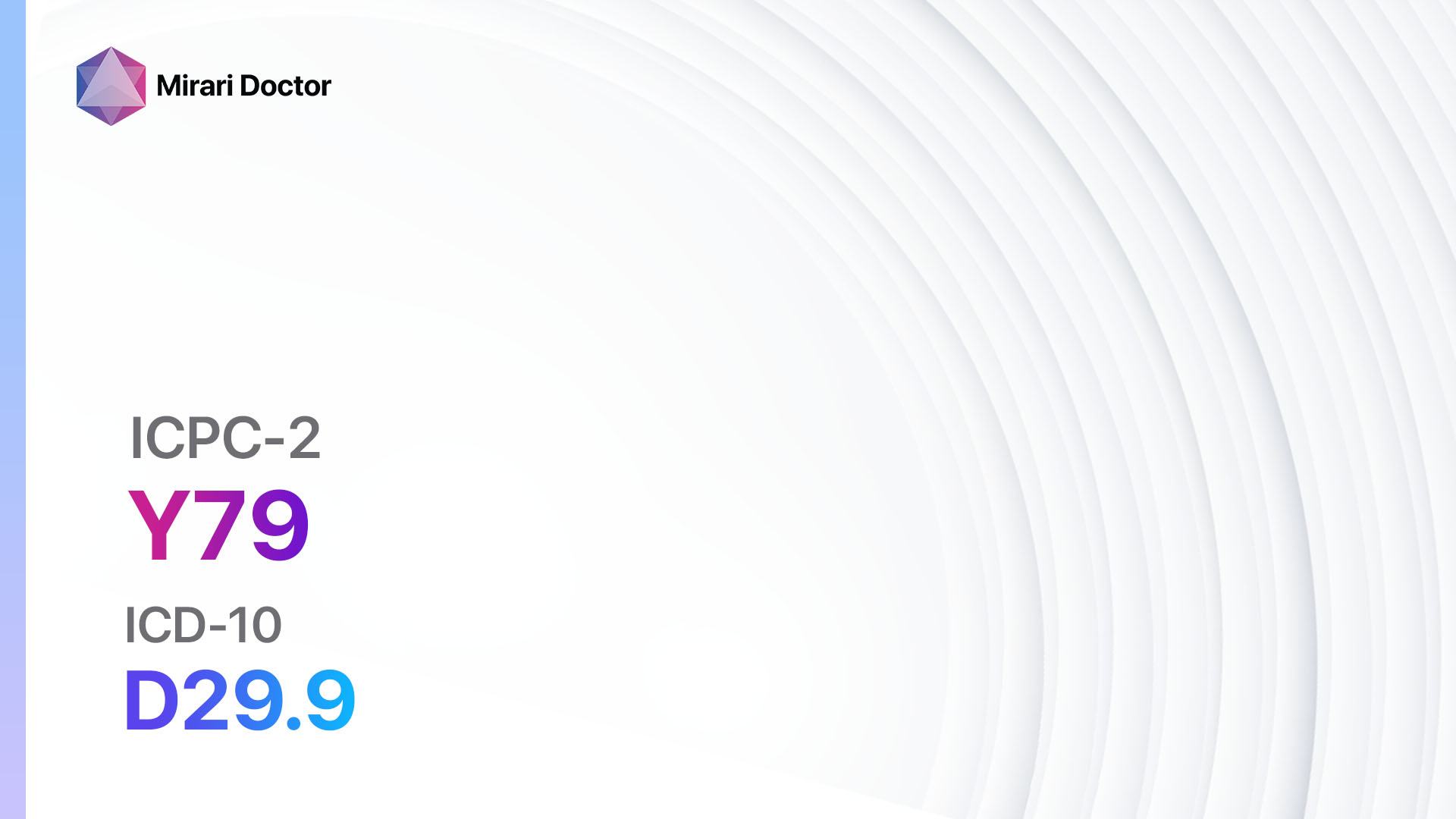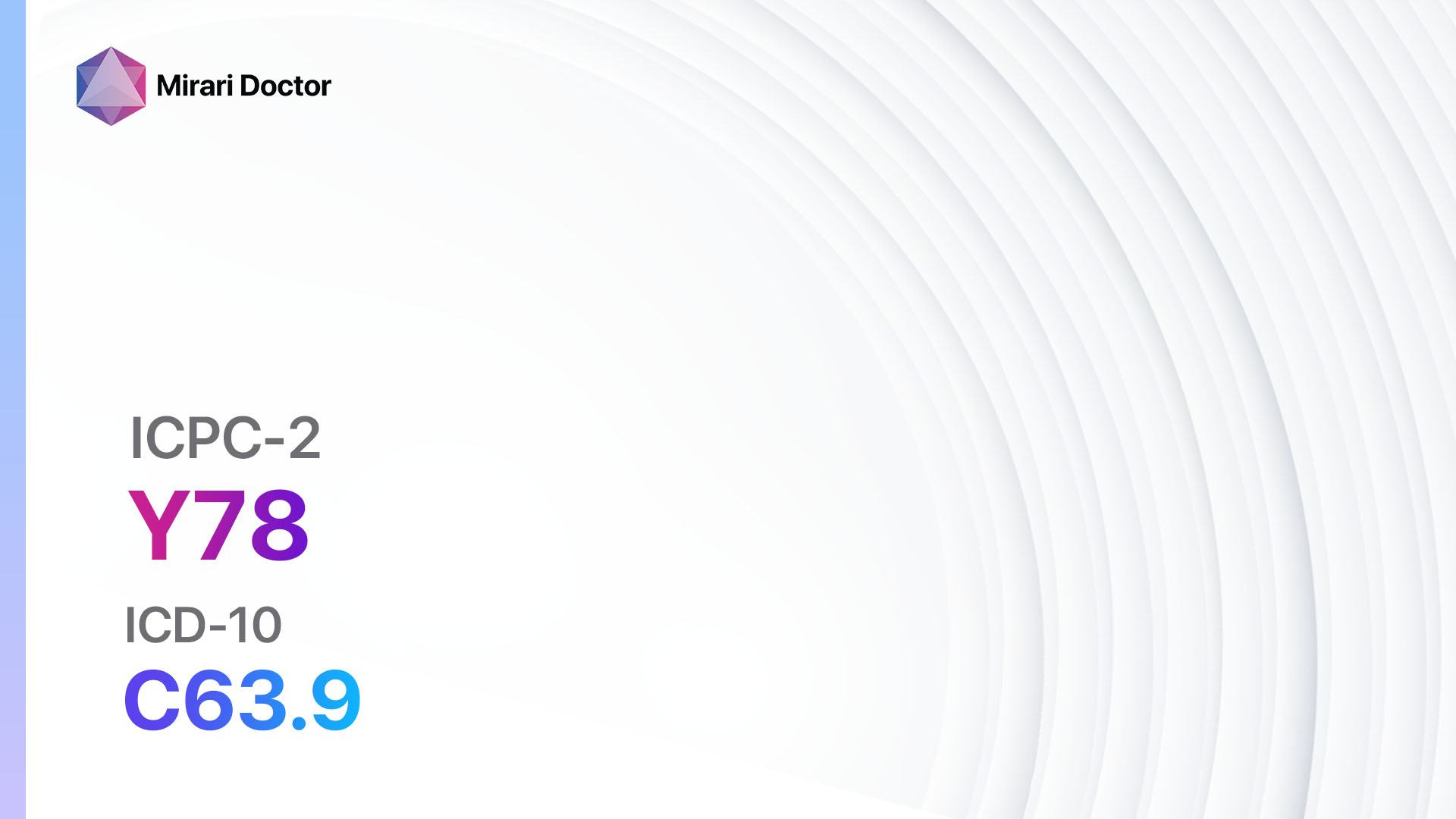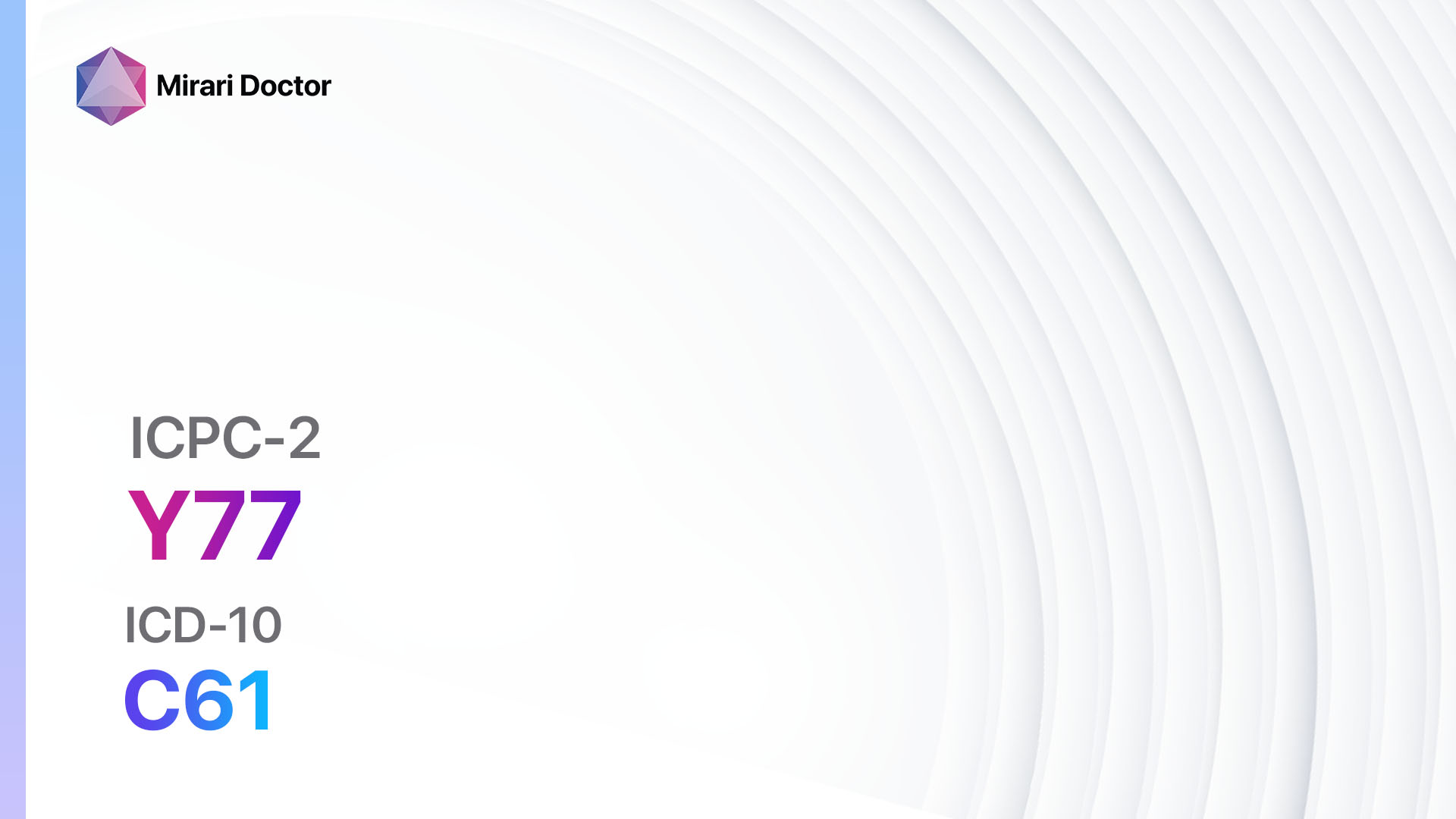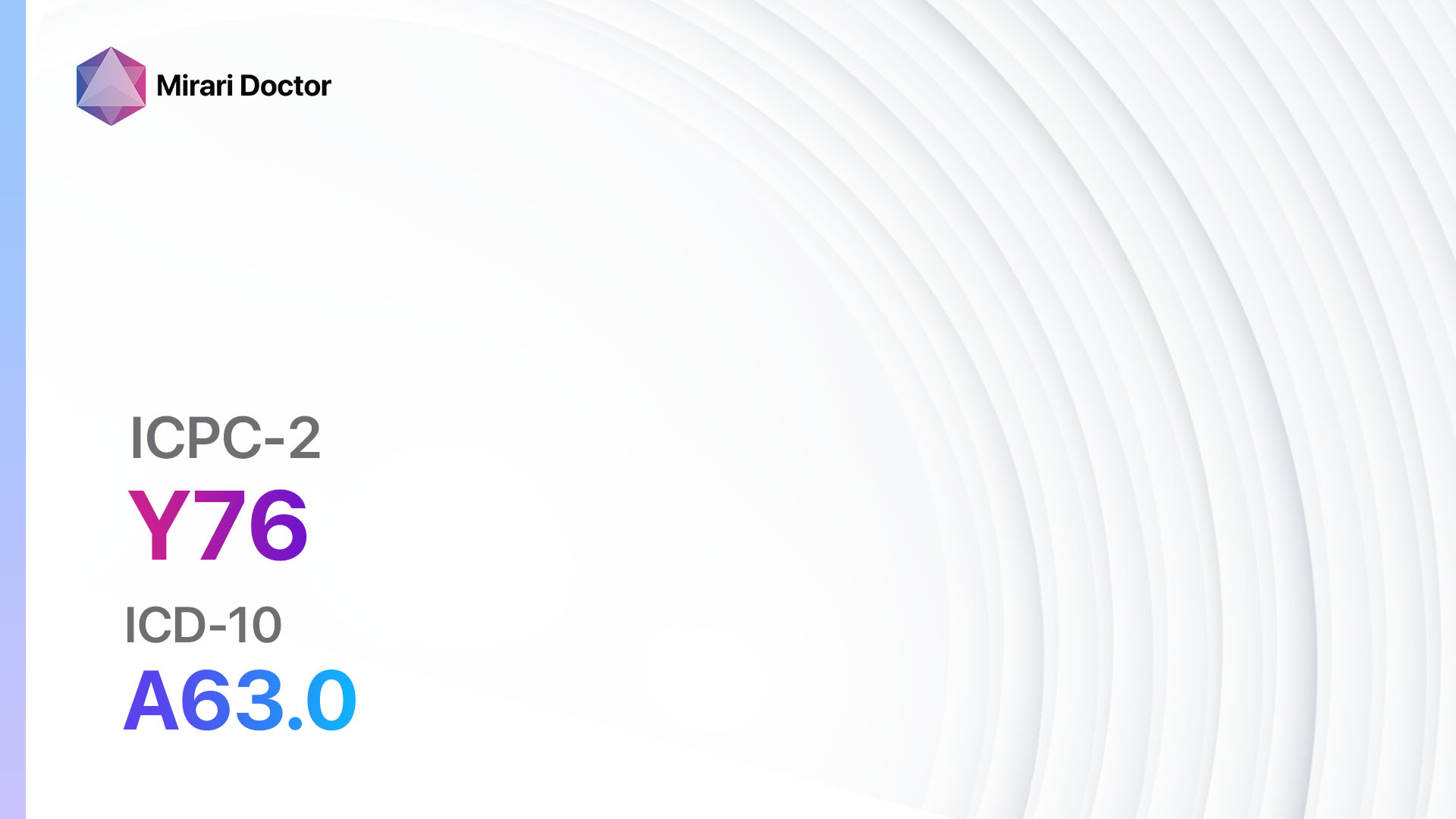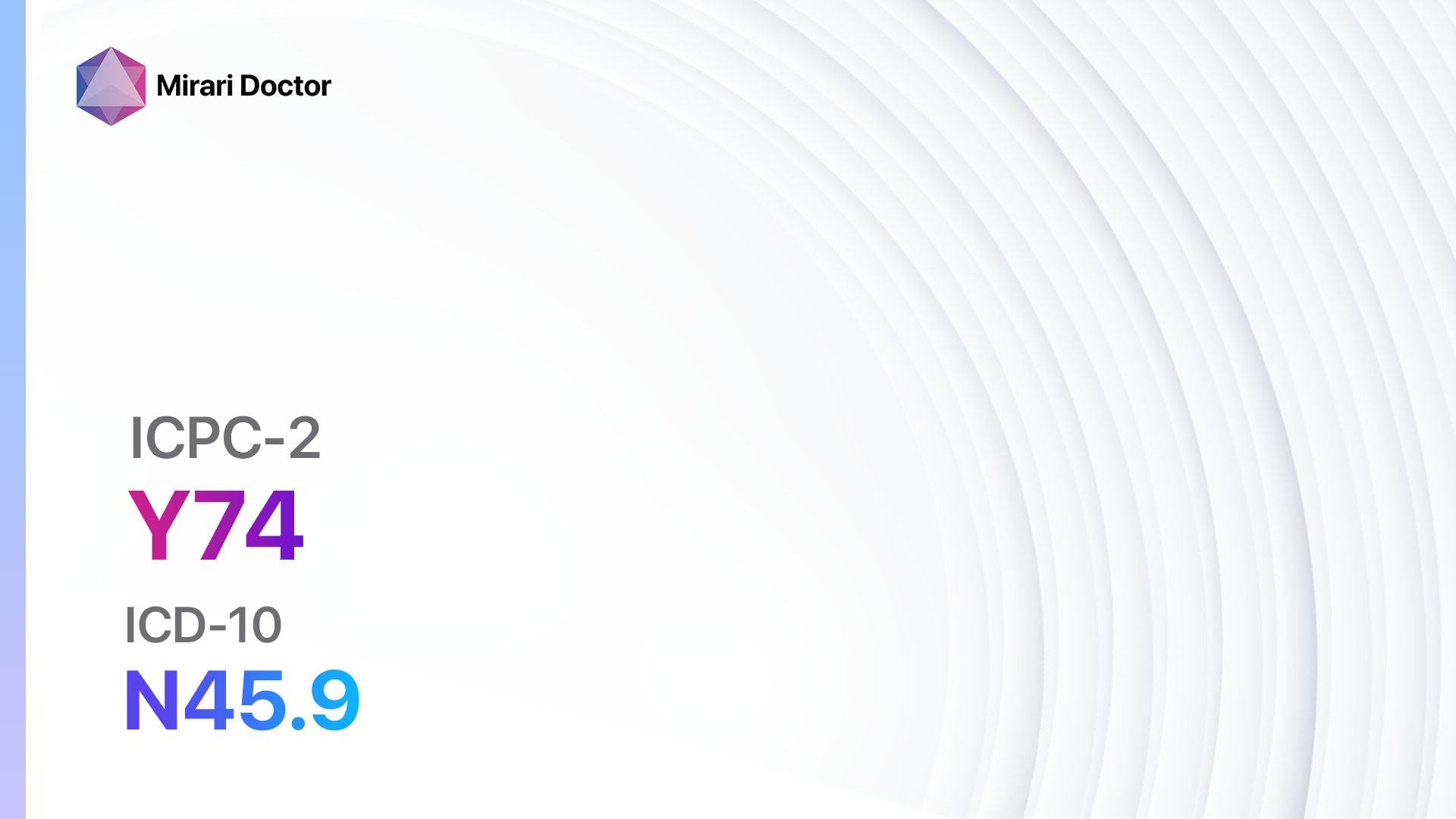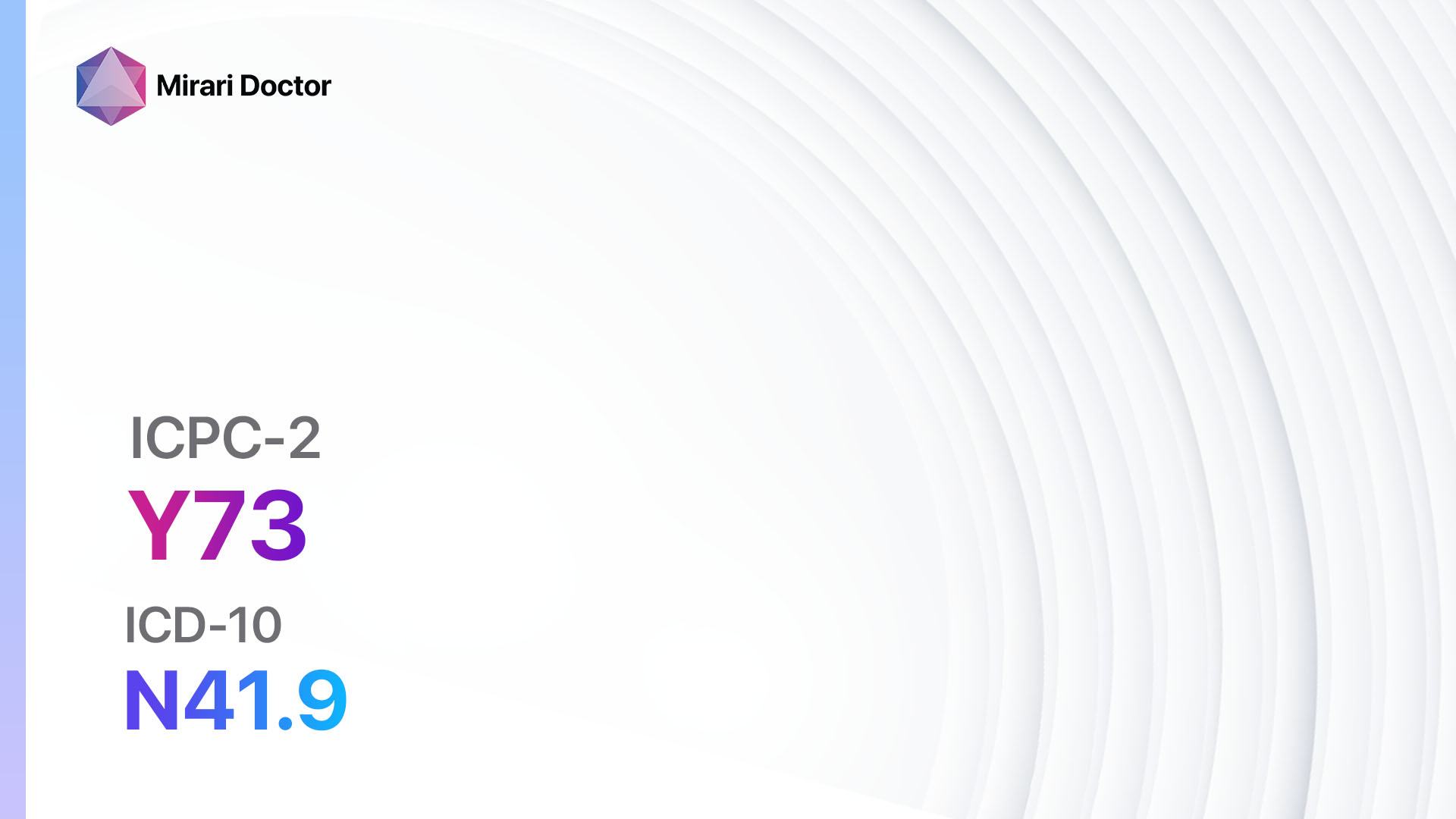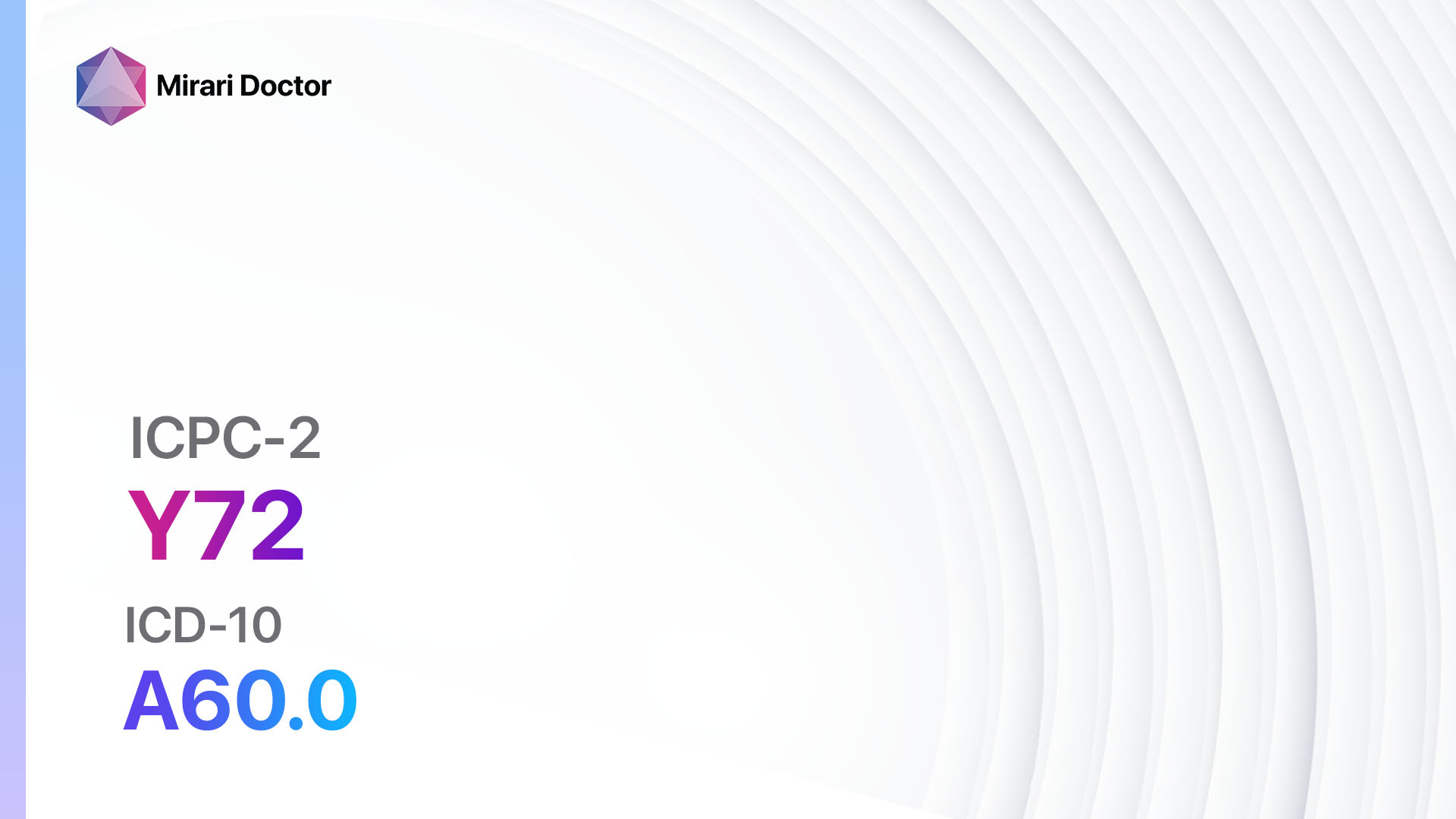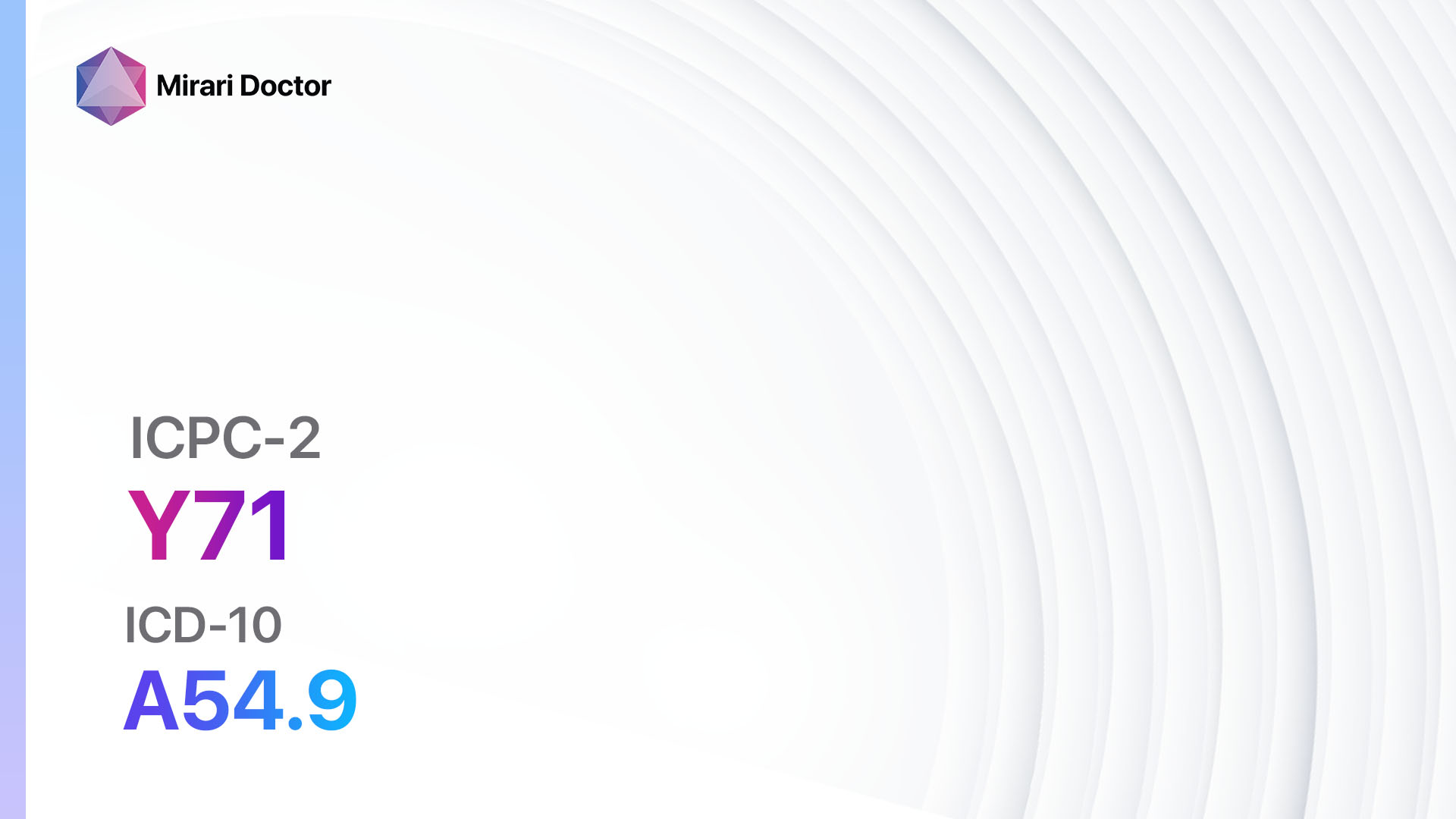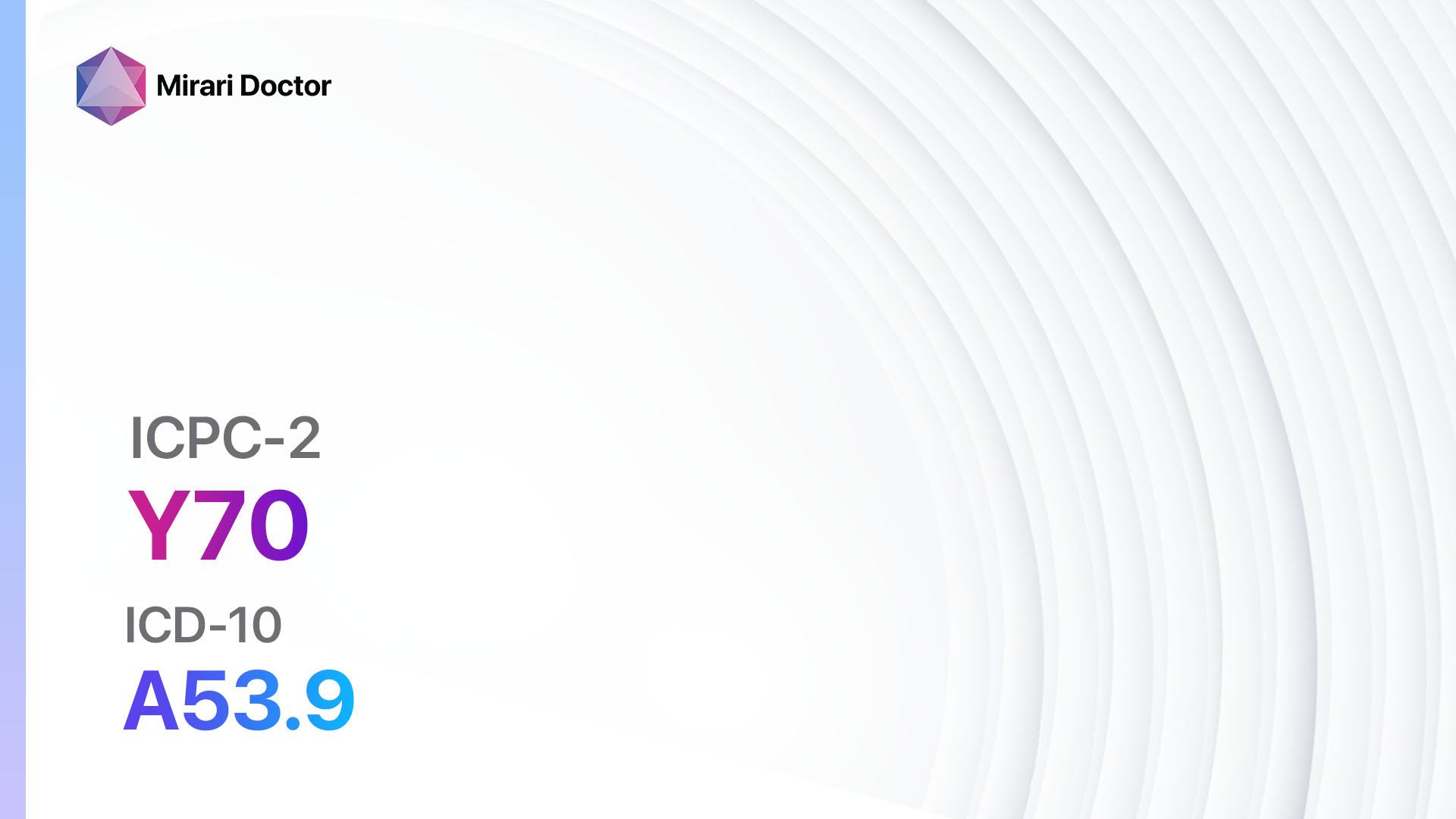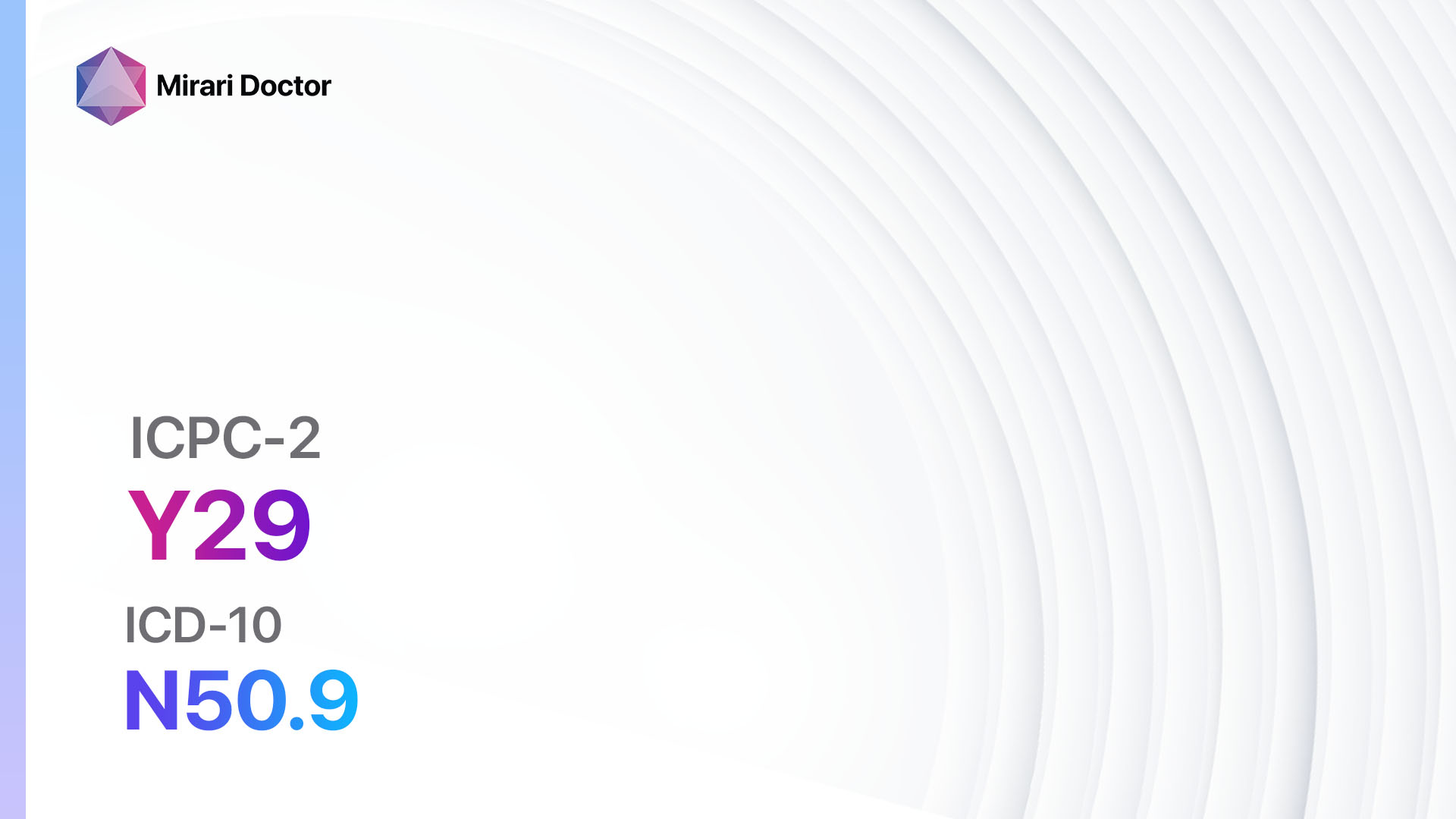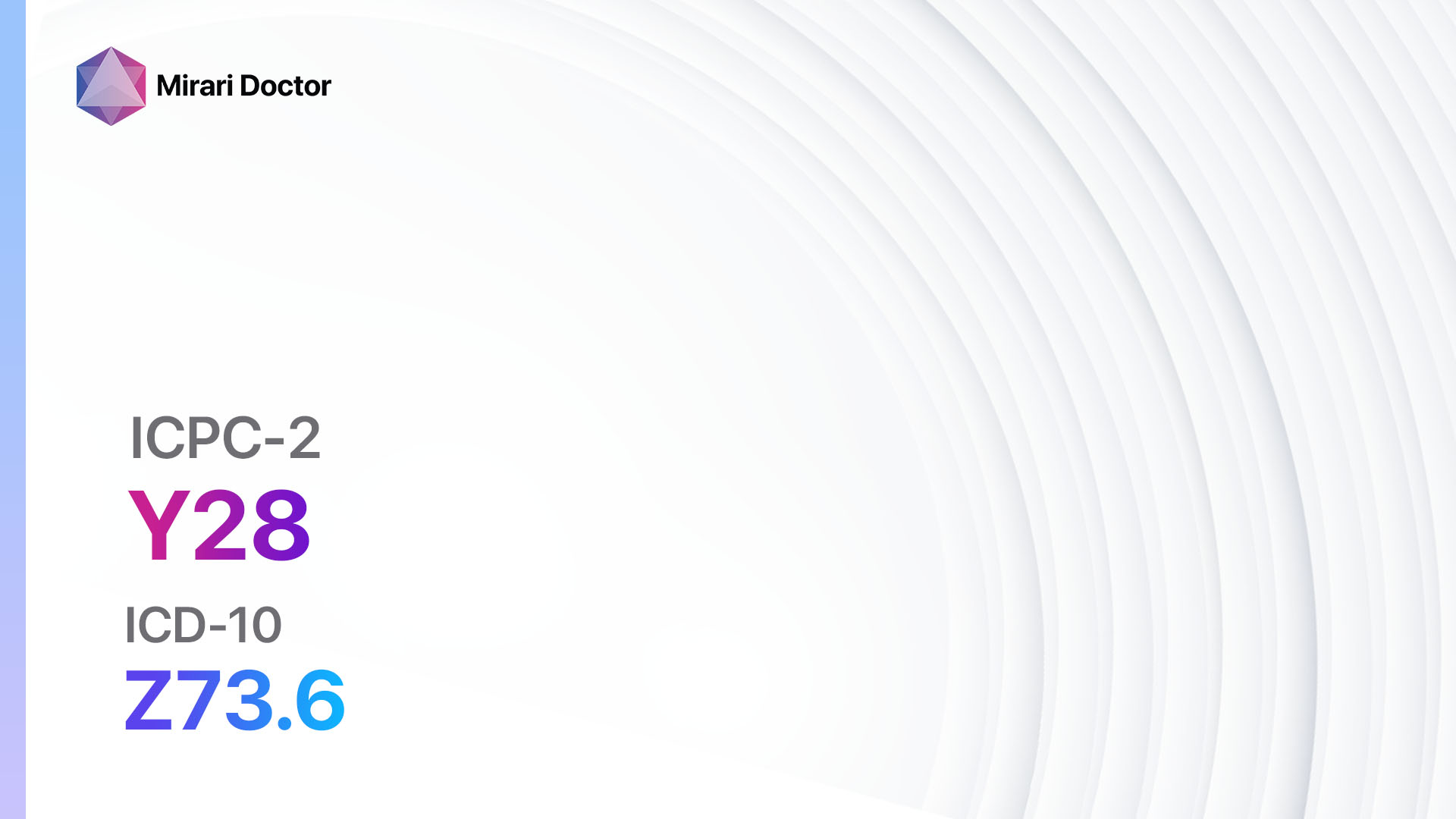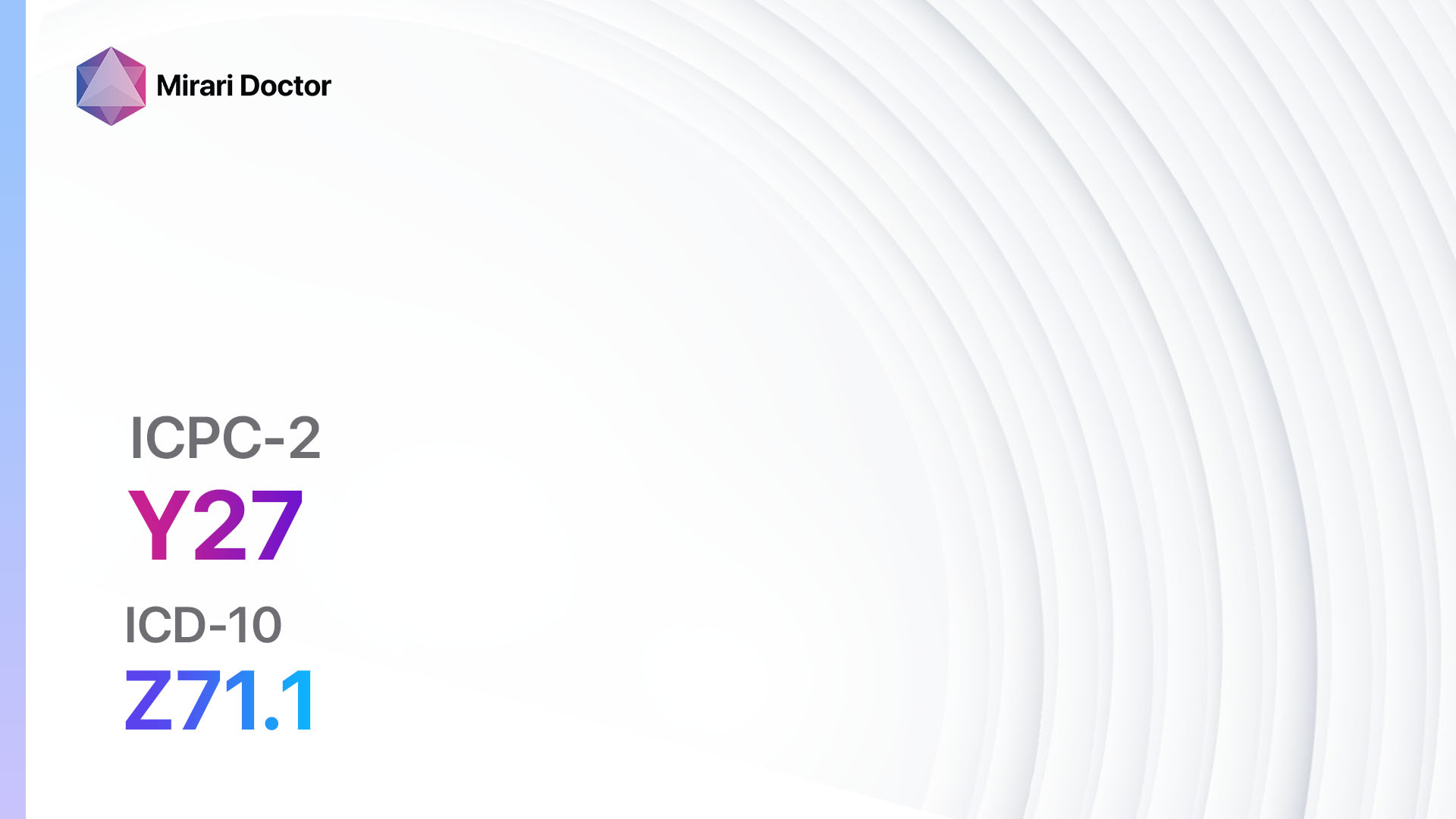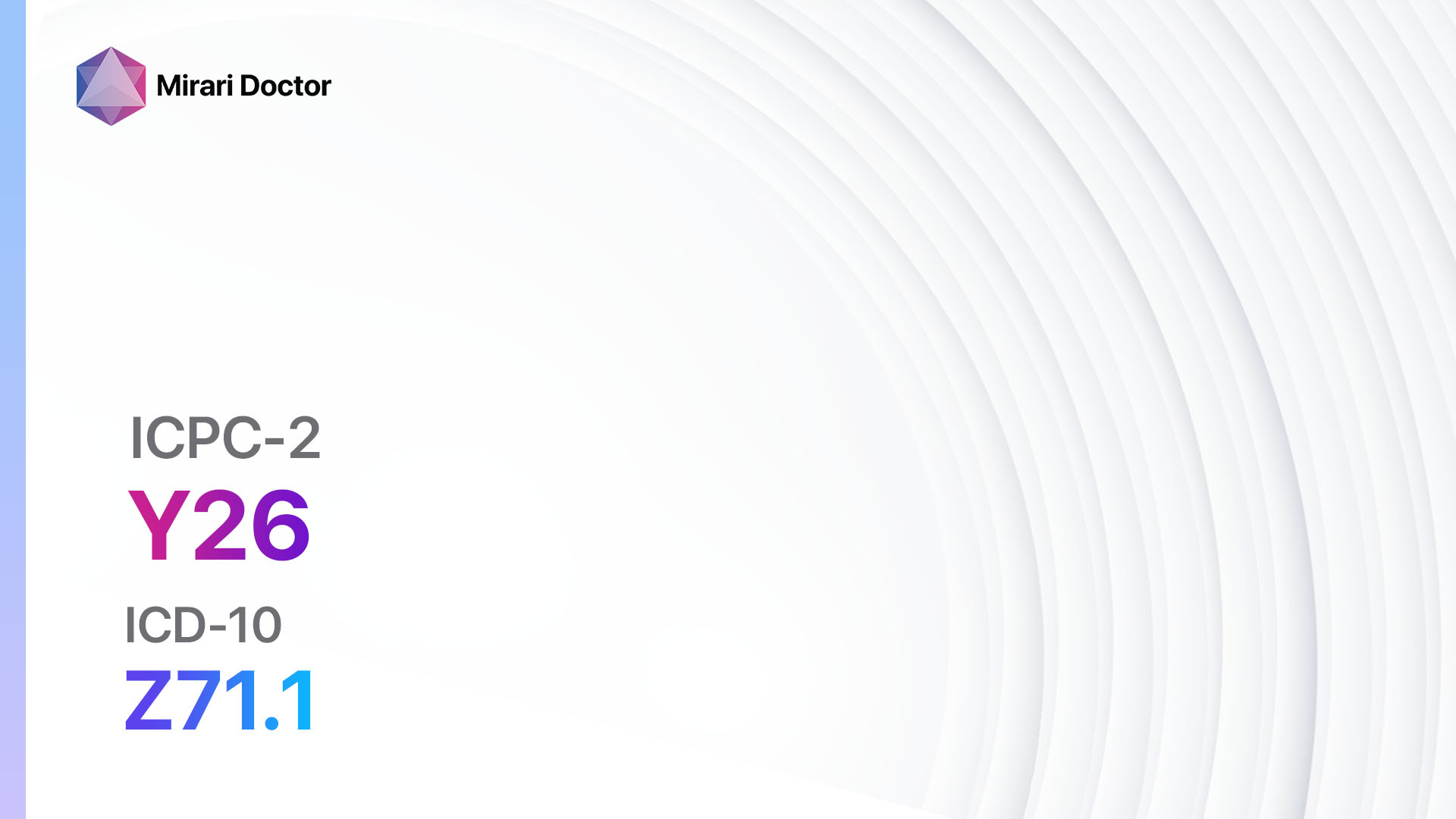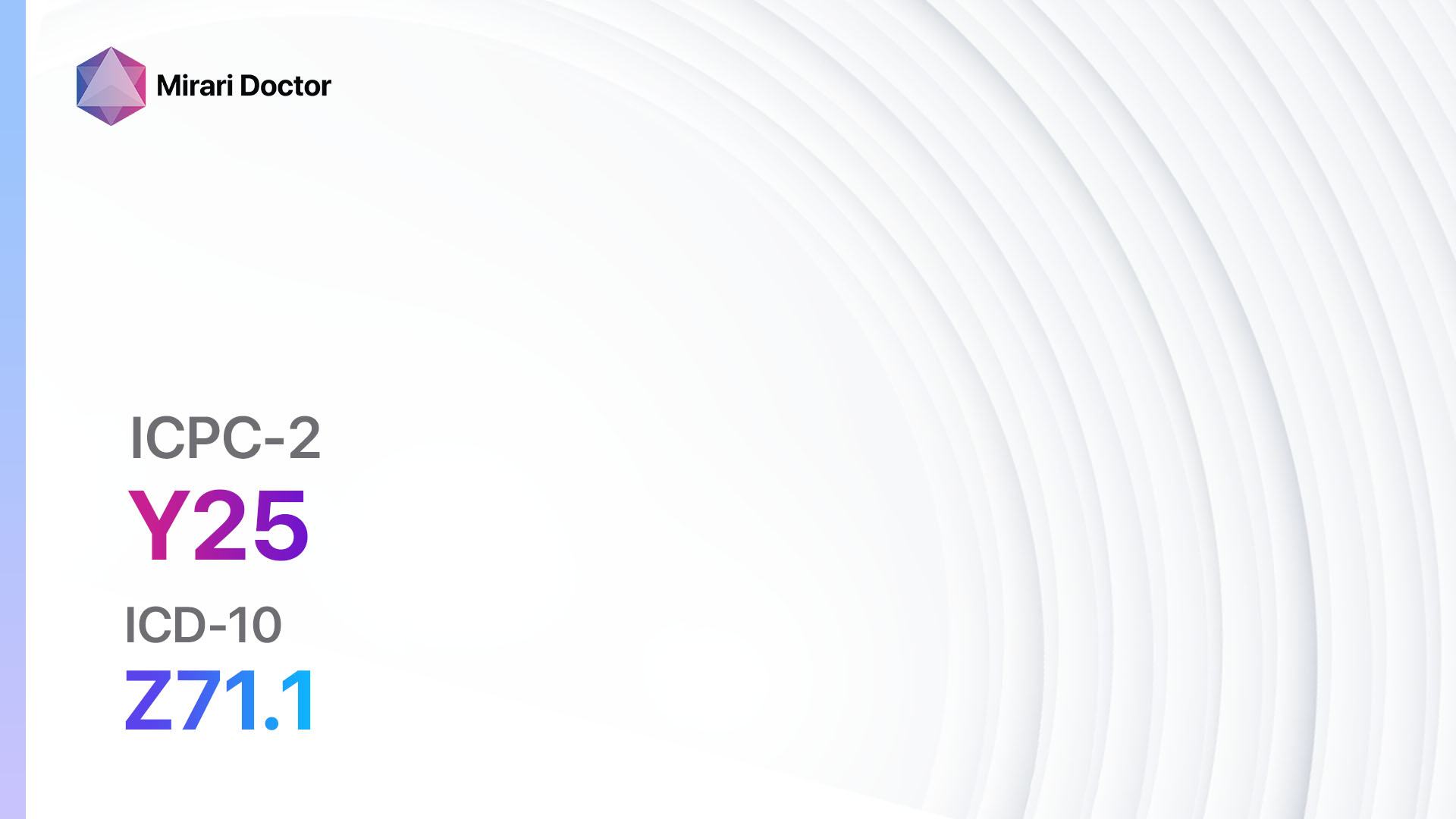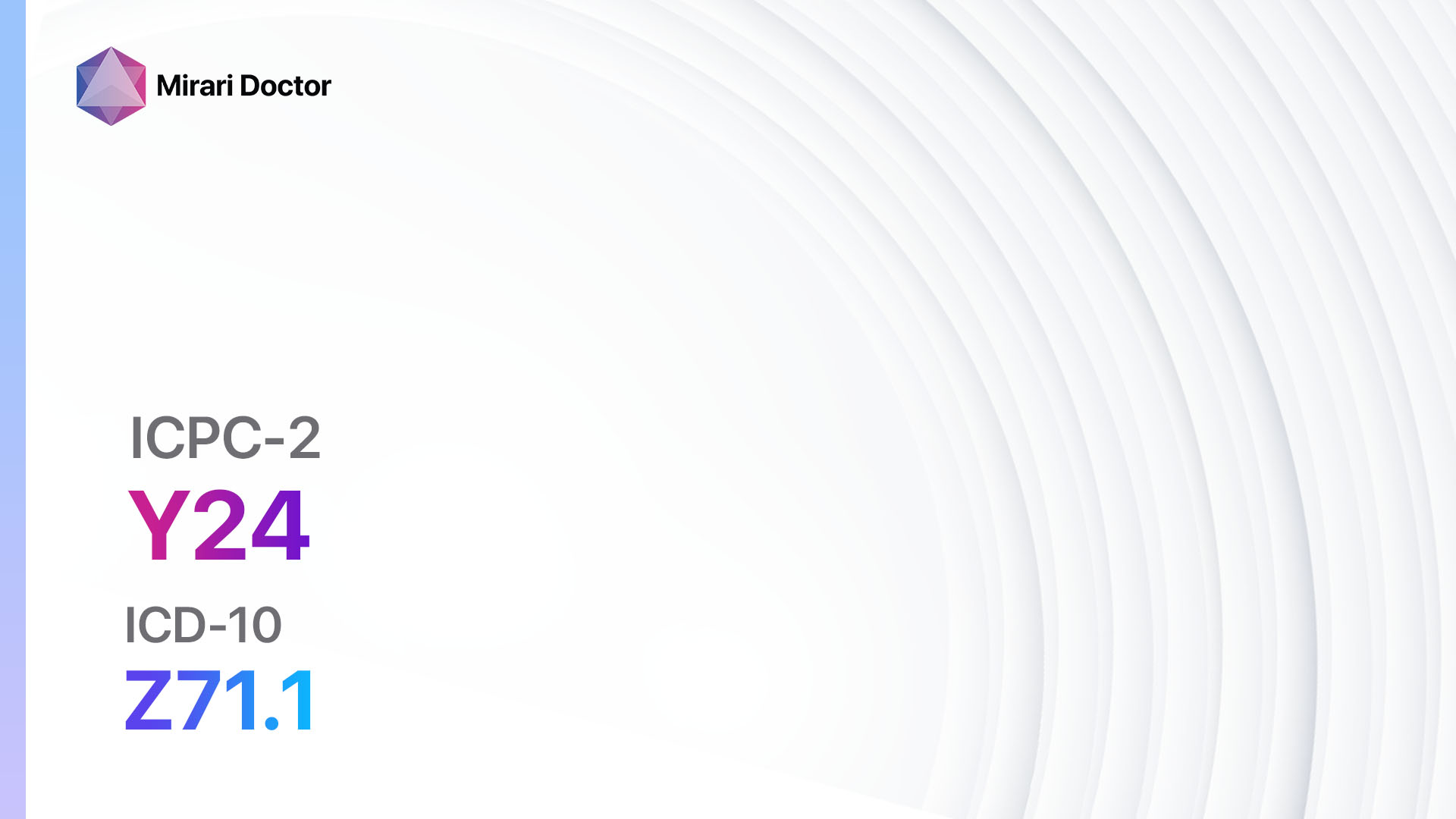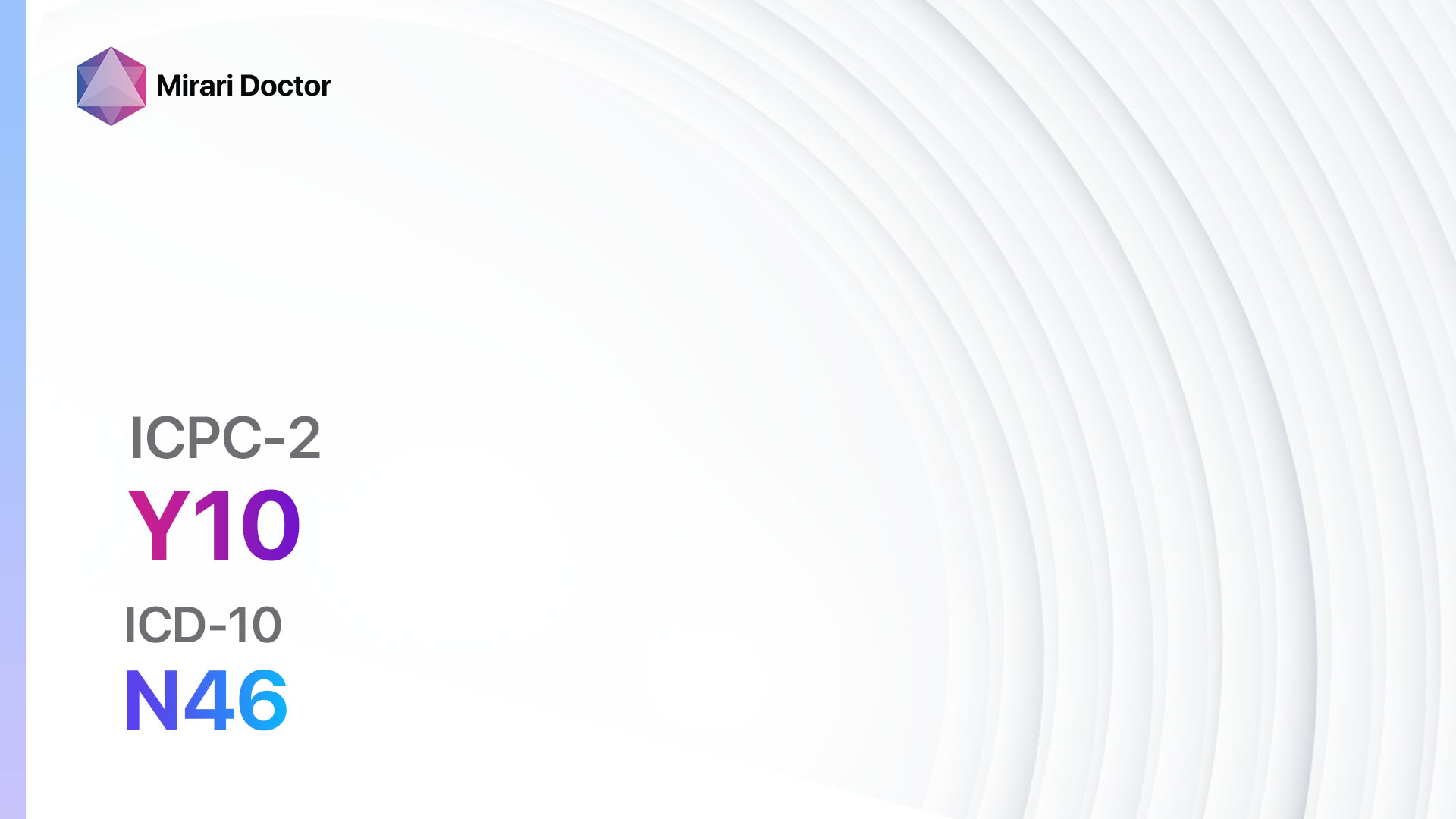
Introduction
Infertility/subfertility in males refers to the inability to conceive a child after a year of regular unprotected intercourse. It is a significant condition that can cause emotional distress and strain on relationships[1]. The aim of this guide is to provide a comprehensive overview of the diagnostic steps and possible interventions for male infertility/subfertility.
Codes
Symptoms
- Decreased facial or body hair
- Changes in sexual desire or ejaculation
- Pain, swelling, or lumps in the testicles
- Problems with sexual function (e.g., difficulty maintaining an erection)
- Small or firm testicles[4]
Causes
- Hormonal imbalances
- Varicocele (enlarged veins in the scrotum)
- Infections (e.g., sexually transmitted infections)
- Genetic disorders
- Structural abnormalities or blockages in the reproductive system
- Exposure to certain environmental factors (e.g., toxins, radiation)[5]
Diagnostic Steps
Medical History
- Gather information about the patient’s sexual history, including frequency of sexual intercourse and any previous pregnancies.
- Ask about any medical conditions or surgeries that may affect fertility.
- Inquire about exposure to environmental factors that may contribute to infertility.
- Assess for any symptoms of hormonal imbalances or infections[6].
Physical Examination
- Perform a thorough examination of the genitals, including the testicles, to check for any abnormalities or signs of infection.
- Assess for the presence of a varicocele.
- Evaluate secondary sexual characteristics, such as facial hair and muscle mass[7].
Laboratory Tests
- Semen analysis: Assess the quantity, quality, and motility of sperm in the ejaculate.
- Hormone testing: Measure levels of testosterone, luteinizing hormone (LH), follicle-stimulating hormone (FSH), and prolactin to assess for hormonal imbalances.
- Genetic testing: Identify any genetic abnormalities that may be contributing to infertility.
- Blood tests: Check for infections or underlying medical conditions that may affect fertility[8].
Diagnostic Imaging
- Scrotal ultrasound: Assess the structure of the testicles and look for any abnormalities or blockages.
- Transrectal ultrasound: Evaluate the prostate and seminal vesicles for any abnormalities.
- Magnetic resonance imaging (MRI): Provide detailed images of the reproductive organs to identify any structural abnormalities[9].
Other Tests
- Post-ejaculation urinalysis: Check for the presence of sperm in the urine, which may indicate retrograde ejaculation.
- Testicular biopsy: Collect a sample of testicular tissue for further evaluation if sperm are absent in the ejaculate.
- Vasography: Inject a contrast dye into the vas deferens to evaluate for any blockages or abnormalities[10].
Follow-up and Patient Education
- Discuss the results of the diagnostic tests with the patient and provide appropriate counseling.
- Address any concerns or questions the patient may have regarding the diagnosis and treatment options.
- Provide information on lifestyle modifications and interventions that may improve fertility.
- Schedule follow-up appointments to monitor progress and adjust treatment plans if necessary.
Possible Interventions
Traditional Interventions
Medications:
Top 5 drugs for male infertility/subfertility:
- Clomiphene citrate:
- Cost: $50-$150 per month.
- Contraindications: Hypersensitivity, liver disease.
- Side effects: Hot flashes, mood swings, visual disturbances.
- Severe side effects: Ovarian hyperstimulation syndrome, multiple pregnancies.
- Drug interactions: None reported.
- Warning: Regular monitoring of hormone levels and ovarian response is necessary.
- Gonadotropin therapy (e.g., human chorionic gonadotropin, follicle-stimulating hormone):
- Cost: $500-$1500 per month.
- Contraindications: Hypersensitivity, testicular tumors.
- Side effects: Injection site reactions, mood swings, acne.
- Severe side effects: Ovarian hyperstimulation syndrome (in women), testicular tumors.
- Drug interactions: None reported.
- Warning: Regular monitoring of hormone levels and ovarian response is necessary.
- Antibiotics (e.g., doxycycline, azithromycin):
- Cost: $10-$50 per course of treatment.
- Contraindications: Hypersensitivity, liver disease.
- Side effects: Upset stomach, diarrhea, allergic reactions.
- Severe side effects: Severe allergic reactions, liver damage.
- Drug interactions: None reported.
- Warning: Finish the full course of treatment as prescribed.
- Antioxidant supplements (e.g., vitamin C, vitamin E, coenzyme Q10):
- Cost: $10-$30 per month.
- Contraindications: Hypersensitivity to specific supplements.
- Side effects: Upset stomach, diarrhea.
- Severe side effects: None reported.
- Drug interactions: None reported.
- Warning: Follow recommended dosage guidelines.
- Pentoxifylline:
- Cost: $30-$100 per month.
- Contraindications: Hypersensitivity, recent bleeding.
- Side effects: Upset stomach, dizziness, headache.
- Severe side effects: None reported.
- Drug interactions: None reported.
- Warning: Take with food to minimize digestive side effects.
Alternative Drugs:
- Vitamin D: May improve sperm motility. Cost: $10-$20 per month.
- L-carnitine: May enhance sperm quality. Cost: $20-$40 per month.
- Zinc: May improve sperm count and motility. Cost: $5-$15 per month.
- Folic acid: May improve sperm DNA integrity. Cost: $5-$10 per month.
- Melatonin: May enhance sperm quality. Cost: $5-$15 per month.
Surgical Procedures:
- Varicocele repair: Surgery to correct an enlarged varicocele and improve sperm count and motility. Cost: $1,500-$10,000.
- Vasectomy reversal: Reversal of a previous vasectomy to restore fertility. Cost: $5,000-$15,000.
- Testicular sperm extraction (TESE): Surgical retrieval of sperm from the testicles for use in assisted reproductive techniques. Cost: $2,000-$5,000.
- Microscopic testicular sperm extraction (Micro-TESE): Minimally invasive surgical retrieval of sperm from the testicles using a microscope. Cost: $3,000-$8,000.
- Transurethral resection of the ejaculatory ducts (TURED): Surgical removal of obstructions in the ejaculatory ducts. Cost: $3,000-$10,000.
Alternative Interventions
- Acupuncture: May improve sperm quality and motility. Cost: $60-$120 per session.
- Herbal supplements: Some herbs, such as maca root and tribulus terrestris, are believed to enhance fertility. Cost: $20-$50 per month.
- Dietary modifications: A healthy diet rich in antioxidants and nutrients may improve sperm quality. Cost: Varies depending on food choices.
- Stress reduction techniques: Stress management through practices like yoga or meditation may improve fertility. Cost: Varies depending on the chosen method.
- Weight management: Achieving and maintaining a healthy weight may improve fertility. Cost: Varies depending on the chosen weight loss program.
Lifestyle Interventions
- Smoking cessation: Smoking can negatively impact sperm quality. Cost: Varies depending on the chosen smoking cessation method.
- Alcohol moderation: Excessive alcohol consumption can impair fertility. Cost: Varies depending on alcohol consumption habits.
- Healthy diet and exercise: Regular exercise and a balanced diet can improve overall health and fertility. Cost: Varies depending on food choices and gym membership fees.
- Avoidance of excessive heat: Avoiding hot tubs, saunas, and tight underwear may improve sperm quality. Cost: Varies depending on individual choices.
- Minimizing exposure to environmental toxins: Avoiding exposure to pesticides, chemicals, and radiation may improve fertility. Cost: Varies depending on lifestyle choices.
It is important to note that the cost ranges provided are approximate and may vary depending on the location and availability of the interventions. It is recommended to consult with a healthcare professional for personalized guidance and to discuss the potential benefits, risks, and costs associated with each intervention.
Mirari Cold Plasma Alternative Intervention
Understanding Mirari Cold Plasma
- Safe and Non-Invasive Treatment: Mirari Cold Plasma is a safe and non-invasive treatment option for various skin conditions. It does not require incisions, minimizing the risk of scarring, bleeding, or tissue damage.
- Efficient Extraction of Foreign Bodies: Mirari Cold Plasma facilitates the removal of foreign bodies from the skin by degrading and dissociating organic matter, allowing easier access and extraction.
- Pain Reduction and Comfort: Mirari Cold Plasma has a local analgesic effect, providing pain relief during the treatment, making it more comfortable for the patient.
- Reduced Risk of Infection: Mirari Cold Plasma has antimicrobial properties, effectively killing bacteria and reducing the risk of infection.
- Accelerated Healing and Minimal Scarring: Mirari Cold Plasma stimulates wound healing and tissue regeneration, reducing healing time and minimizing the formation of scars.
Mirari Cold Plasma Prescription
Video instructions for using Mirari Cold Plasma Device – Y10 Infertility/subfertility male (ICD-10:N46)
| Mild | Moderate | Severe |
| Mode setting: 1 (Infection) Location: 0 (Localized) Morning: 15 minutes, Evening: 15 minutes |
Mode setting: 1 (Infection) Location: 0 (Localized) Morning: 30 minutes, Lunch: 30 minutes, Evening: 30 minutes |
Mode setting: 1 (Infection) Location: 0 (Localized) Morning: 30 minutes, Lunch: 30 minutes, Evening: 30 minutes |
| Mode setting: 2 (Wound Healing) Location: 0 (Localized) Morning: 15 minutes, Evening: 15 minutes |
Mode setting: 2 (Wound Healing) Location: 0 (Localized) Morning: 30 minutes, Lunch: 30 minutes, Evening: 30 minutes |
Mode setting: 2 (Wound Healing) Location: 0 (Localized) Morning: 30 minutes, Lunch: 30 minutes, Evening: 30 minutes |
| Mode setting: 5 (Prostatitis Therapy) Location: 2 (Prostate & Uterus) Morning: 15 minutes, Evening: 15 minutes |
Mode setting: 5 (Prostatitis Therapy) Location: 2 (Prostate & Uterus) Morning: 30 minutes, Lunch: 30 minutes, Evening: 30 minutes |
Mode setting: 5 (Prostatitis Therapy) Location: 2 (Prostate & Uterus) Morning: 30 minutes, Lunch: 30 minutes, Evening: 30 minutes |
| Mode setting: 7 (Immunotherapy) Location: 1 (Sacrum) Morning: 15 minutes, Evening: 15 minutes |
Mode setting: 7 (Immunotherapy) Location: 1 (Sacrum) Morning: 30 minutes, Lunch: 30 minutes, Evening: 30 minutes |
Mode setting: 7 (Immunotherapy) Location: 1 (Sacrum) Morning: 30 minutes, Lunch: 30 minutes, Evening: 30 minutes |
| Total Morning: 60 minutes approx. $10 USD, Evening: 60 minutes approx. $10 USD |
Total Morning: 120 minutes approx. $20 USD, Lunch: 120 minutes approx. $20 USD, Evening: 120 minutes approx. $20 USD, |
Total Morning: 120 minutes approx. $20 USD, Lunch: 120 minutes approx. $20 USD, Evening: 120 minutes approx. $20 USD, |
| Usual treatment for 7-60 days approx. $140 USD – $1200 USD | Usual treatment for 6-8 weeks approx. $2,520 USD – $3,360 USD |
Usual treatment for 3-6 months approx. $5,400 USD – $10,800 USD
|
 |
|
Use the Mirari Cold Plasma device to treat Infertility/subfertility male effectively.
WARNING: MIRARI COLD PLASMA IS DESIGNED FOR THE HUMAN BODY WITHOUT ANY ARTIFICIAL OR THIRD PARTY PRODUCTS. USE OF OTHER PRODUCTS IN COMBINATION WITH MIRARI COLD PLASMA MAY CAUSE UNPREDICTABLE EFFECTS, HARM OR INJURY. PLEASE CONSULT A MEDICAL PROFESSIONAL BEFORE COMBINING ANY OTHER PRODUCTS WITH USE OF MIRARI.
Step 1: Cleanse the Skin
- Start by cleaning the affected area of the skin with a gentle cleanser or mild soap and water. Gently pat the area dry with a clean towel.
Step 2: Prepare the Mirari Cold Plasma device
- Ensure that the Mirari Cold Plasma device is fully charged or has fresh batteries as per the manufacturer’s instructions. Make sure the device is clean and in good working condition.
- Switch on the Mirari device using the power button or by following the specific instructions provided with the device.
- Some Mirari devices may have adjustable settings for intensity or treatment duration. Follow the manufacturer’s instructions to select the appropriate settings based on your needs and the recommended guidelines.
Step 3: Apply the Device
- Place the Mirari device in direct contact with the affected area of the skin. Gently glide or hold the device over the skin surface, ensuring even coverage of the area experiencing.
- Slowly move the Mirari device in a circular motion or follow a specific pattern as indicated in the user manual. This helps ensure thorough treatment coverage.
Step 4: Monitor and Assess:
- Keep track of your progress and evaluate the effectiveness of the Mirari device in managing your Infertility/subfertility male. If you have any concerns or notice any adverse reactions, consult with your health care professional.
Note
This guide is for informational purposes only and should not replace the advice of a medical professional. Always consult with your healthcare provider or a qualified medical professional for personal advice, diagnosis, or treatment. Do not solely rely on the information presented here for decisions about your health. Use of this information is at your own risk. The authors of this guide, nor any associated entities or platforms, are not responsible for any potential adverse effects or outcomes based on the content.
Mirari Cold Plasma System Disclaimer
- Purpose: The Mirari Cold Plasma System is a Class 2 medical device designed for use by trained healthcare professionals. It is registered for use in Thailand and Vietnam. It is not intended for use outside of these locations.
- Informational Use: The content and information provided with the device are for educational and informational purposes only. They are not a substitute for professional medical advice or care.
- Variable Outcomes: While the device is approved for specific uses, individual outcomes can differ. We do not assert or guarantee specific medical outcomes.
- Consultation: Prior to utilizing the device or making decisions based on its content, it is essential to consult with a Certified Mirari Tele-Therapist and your medical healthcare provider regarding specific protocols.
- Liability: By using this device, users are acknowledging and accepting all potential risks. Neither the manufacturer nor the distributor will be held accountable for any adverse reactions, injuries, or damages stemming from its use.
- Geographical Availability: This device has received approval for designated purposes by the Thai and Vietnam FDA. As of now, outside of Thailand and Vietnam, the Mirari Cold Plasma System is not available for purchase or use.
References
- Shamloul R, Ghanem H. Erectile dysfunction. Lancet. 2013;381(9861):153-165.
- World Organization of Family Doctors (WONCA). International Classification of Primary Care, Second edition (ICPC-2). Oxford University Press, 1998.
- World Health Organization. International Statistical Classification of Diseases and Related Health Problems, 10th Revision (ICD-10). Geneva: WHO, 2019.
- Mayo Clinic. Male infertility – Symptoms and causes. Available at: https://www.mayoclinic.org/diseases-conditions/male-infertility/symptoms-causes/syc-20374773
- Wampler SM, Llanes M. Common scrotal and testicular problems. Prim Care. 2010;37(3):613-626.
- Bhasin S, Cunningham GR, Hayes FJ, et al. Testosterone therapy in men with androgen deficiency syndromes: an Endocrine Society clinical practice guideline. J Clin Endocrinol Metab. 2010;95(6):2536-2559.
- Burnett AL, Nehra A, Breau RH, et al. Erectile Dysfunction: AUA Guideline. J Urol. 2018;200(3):633-641.
- Cokkinos DD, Antypa E, Tserotas P, et al. Emergency ultrasound of the scrotum: A review of the commonest pathologic conditions. Curr Probl Diagn Radiol. 2011;40(1):1-14.
- Tsili AC, Argyropoulou MI, Giannakis D, et al. MRI in the characterization and local staging of testicular neoplasms. AJR Am J Roentgenol. 2010;194(3):682-689.
- Jarow JP, Espeland MA, Lipshultz LI. Evaluation of the azoospermic patient. J Urol. 1989;142(1):62-65.
Related articles
Made in USA


